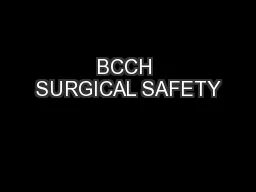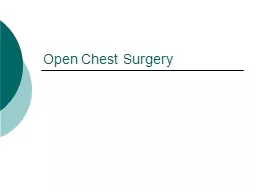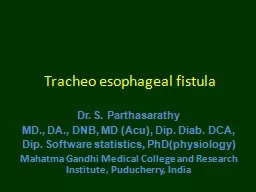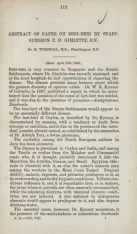PPT-Impact of surgeon volume
Author : pasty-toler | Published Date : 2018-10-13
on myomectomy route A multicenter review from the Minimally Invasive Gynecologic Surgery Fellows Pelvic Research Network Patricia J Mattingly MD Stacey Scheib
Presentation Embed Code
Download Presentation
Download Presentation The PPT/PDF document "Impact of surgeon volume" is the property of its rightful owner. Permission is granted to download and print the materials on this website for personal, non-commercial use only, and to display it on your personal computer provided you do not modify the materials and that you retain all copyright notices contained in the materials. By downloading content from our website, you accept the terms of this agreement.
Impact of surgeon volume: Transcript
Download Rules Of Document
"Impact of surgeon volume"The content belongs to its owner. You may download and print it for personal use, without modification, and keep all copyright notices. By downloading, you agree to these terms.
Related Documents














